
What's new in Tax Planning

Buy-to-Let: Is it still a good investment?
For years, buy-to-let investments have been seen as a reliable path to wealth, offering rental income alongside long-term property appreciation….

NHS pension statement: Negative inputs explained
Managing your NHS pension can feel overwhelming, especially when unexpected figures appear on your statement, like a negative pension input…

Tax rule changes for those with Limited Companies
Many of our clients operate their own Limited Companies for private medical practice, locum work, or out-of-hours services. As with…

£100k income: Navigate the 60% tax traps and childcare cost implications
As a doctor or dentist, earning £100,000 per annum puts you and your family in a great position, doesn’t it?…
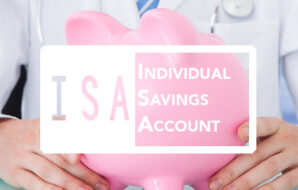
Are you up to speed with ISAs?
The 2024/25 tax year-end is fast approaching, so it’s the perfect time to review your Individual Savings Account (ISA) and…

The IHT exemption you can fund with your pension
When planning Inheritance Tax (IHT) most people rapidly turn to gifting. While this can be a useful option, generally, you…
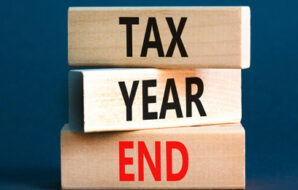
10 last-minute tax year-end jobs
As the tax year-end approaches, it’s easy to feel overwhelmed and think it’s too late to ensure you have utilised…

The financial advantages of marriage
Picture this scene – it’s the first Monday back at work in 2025, January 6th, and I’m driving to a…

The 3 best ways to pay your annual allowance liability
For many doctors and dentists, the annual allowance is a key focus and a significant concern in their financial and…
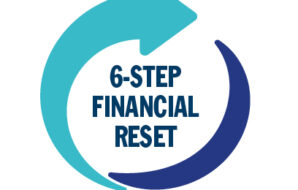
Your 6-Step Financial Reset for 2025
Anyone working in the NHS must be adept at managing change, but even the most skilled professionals may have felt…
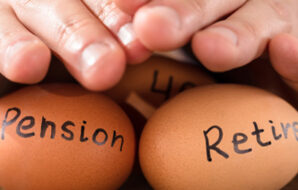
Latest Update on Annual Allowance Statements
The NHS Pensions Agency has identified errors with a portion of the Remedial Pension Saving Statements (RPSS) issued to date….

Autumn Budget Unpacked: Essential Insights for Doctors and Dentists!
If all the hype were to be believed, this was billed as the Budget to end all Budgets. One thing…

Write a Will for Free: 10 Reasons You Need One
Research by Will Aid has found only half of UK adults have made a will and shockingly over two-thirds of…

5 reasons to review your finances now
Here are just three common reasons many medics neglect reviewing their finances “I don’t have the time!”… “I’m already too…
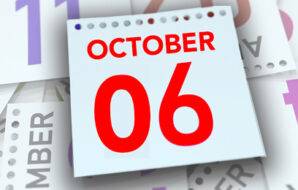
Why October 2024 is so important for Annual Allowance
October 2024 is a crucial period due to the McCloud Remedy re-calculations which could potentially impact your Annual Allowance. The…

Is it STILL a good idea to make your children shareholders of your private limited company?
If you’re a shareholder of a private limited company, traditionally spreading the ownership and therefore dividends around the family offered…

6 ways to unlock the tax benefits of giving to charity in the UK
Thanks to various tax benefits available in the UK, charitable giving can be a financially savvy decision. Regardless of whether…

How does the new consultant’s pay deal affect your annual allowance?
After months of industrial action, consultants in England have accepted the latest government offer on pay. The new pay structure…

The hidden cost of removing the Lifetime Allowance
When the Chancellor announced that the Lifetime Allowance (LTA) was to be abolished on 5 April 20241, many medics were…

HMRC Calculator: Check if you’ve overpaid annual and lifetime allowance tax
Are you a medical professional owed an overpaid tax rebate? Any doctor, dentist or medic affected by the McCloud Remedy…
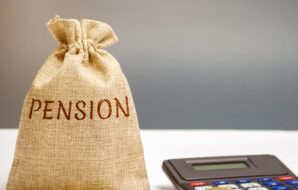
NHS pension contribution rates are changing – is it good news?
Back in 2022, the Department of Health and Social Care proposed changes to the contribution levels for the NHS pension…
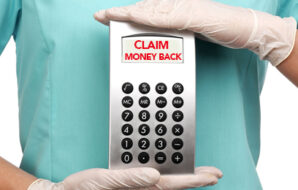
Claim money back from the NHS for professional advice due to McCloud remedy
The NHS has introduced the Cost Claim Back Scheme to provide relief for members directly impacted by the McCloud remedy….

NHS McCloud Remedy: Contingent decisions
It’s confirmed! Over 1 million members, deferred members and pensioners of the NHS pension scheme are affected by the McCloud…

NHS pension scheme tax updates 2024
We are working on a series of articles to keep you informed about the latest news regarding the NHS pension…

How do you turn a bright idea into a tax-efficient Unicorn?
Believe it or not, there are over 91 Unicorns in the UK1. No, I haven’t lost my mind, and I…

Inheritance Tax: No longer an issue just for the wealthy
Inheritance tax is in the headlines once more with possible changes in discussion. We summarise the situation, so you can…

What happens to your private pensions when you die?
We have covered death in service benefits in the NHS pensions scheme in previous articles, but what happens to your…

McCloud Remedy update: 10 proposed changes to NHSPS regulations
In response to the government consultation on the proposed McCloud Remedy, new details have been released. This government announcement is…

Could you be at risk of losing your free childcare vouchers?
Finding the right full-time nursery or preschool place that suits your family’s needs is stressful enough – and then you…
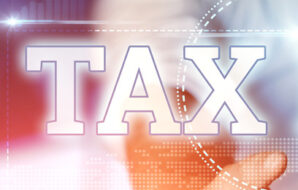
Latest annual allowance update for the 2022/23 tax year
As mentioned in previous articles, the NHS is not providing annual allowance data for the 2022/23 tax year. At the…

How to relieve the financial cost of raising a child
In 2022, the estimated cost of raising a child from birth to age 18 was a massive £202,660. If you…

Are you missing out on two bites of a tax-efficient cherry?
Only available to the under 40s, Lifetime ISAs (also known as LISA) are more commonly known as savings vehicles for…

NHS pension scheme pays deadline is looming – act now!
Before our minds focus on enjoying the summer, there is an important NHS pension deadline fast approaching, a deadline many…
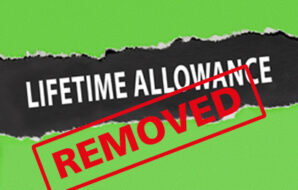
Good news for doctors and dentists NHS pensions
A lot of this year’s budget news managed to find its way into the mainstream media before its announcements, so…

Are you claiming all the tax-deductible expenses you can?
As a medic, during an average working day, you often incur expenses to enable you to carry out your role…

The drama continues with the NHS pension scheme
If the NHS pension scheme was a fictional organisation in a TV drama, I am sure the current plot with…
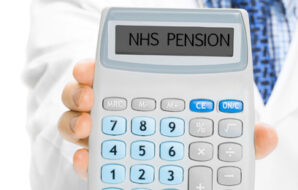
NHS pensions: Informed decisions are better decisions
For many doctors and dentists navigating the NHS pension scheme (NHSPS) can seem like a bridge too far on top…

Update on NHS pension rule changes: Annual allowance inflation revaluation
Finally, we have some good news about your NHS pension scheme and annual allowance, as the government is expected to…
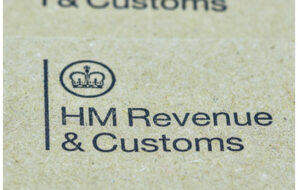
You’ve received an HMRC annual allowance statement – what do you do now?
We all dread receiving the brown envelope with an HMRC logo, no more so than our higher earning NHS doctors…

NHS pension scheme annual allowance statement errors identified
The NHS has confirmed over 2800 NHS pension scheme statements have been identified as having errors. The error affects statements…

It’s a new tax year! Let’s set the basics
Normally, with a new tax year comes a feeling of renewed optimism, however, I sense this year things are different….
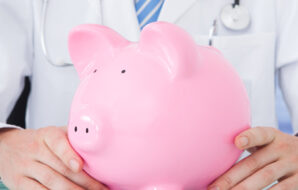
3 ways your NHS pension is affected by the McCloud Remedy
As the details of the McCloud Remedy continue to unfold, we analyse the effects the government reforms have on your…

Annual allowance compensation deadline approaching
On 31 March 2022, the 2019/2020 annual allowance tax-liability compensation initiative closes. Please read this in conjunction with our more…

Has Covid-19 had an impact on inheritance tax?
Inheritance tax receipts are up £0.5bn on the same time as last year (April to July) according to HMRC. The…
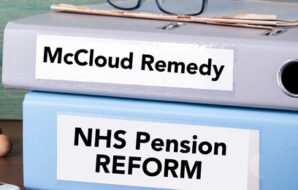
3 big NHS pension scheme changes you need to know
Keeping up to date with NHS pension scheme changes can be challenging and tedious at the best of times, let…

Are you eligible for the NHS pension annual allowance charge compensation?
Do the words “threshold income”, “adjusted income”, “tapered allowance” & “scheme pays” sound familiar? For those clinicians who recognise this…

Achieve a positive return to the new normal
Many of our clients have had their finances brought into sharp focus by recent global events. I don’t think there…

Dental Incorporation: Is it still a good idea?
Back in 2006, the General Medical Council regulation changes resulted in many dentists opting to operate as a ‘Limited Company’….

Is the NHS pension scheme too generous?
Who would have thought an NHS pension scheme could be too generous? When transferring your 1995 NHS pension scheme to…

Stop and think before you leave the NHS Pension Scheme
NHS staff are leaving the NHS Pension Scheme at almost 5 times the rate of other public sector workers¹. Are…

Top 10 actual excuses for submitting a tax return late
As the deadline for the filing of our tax returns thunders towards us, hopefully you can smile slightly smugly knowing…

How to know if you’re facing an unexpected tax bill?
Like many doctors and dentists, you may have already started to think about your next tax return, but have you…

The powerful pension options medics now have
How doctors and dentists view and use their pensions has changed since ‘Pension Freedoms’ came into being in March 2015….

Help with childcare costs for self-employed medics
A whole new tax-free childcare funding scheme was launched in April 2017. It’s called Childcare Choices and means that, for…
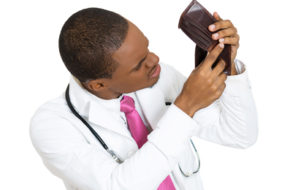
4 lesser-known ways doctors and dentists can pay less tax
With inflation rising and no one feeling exactly flush with money at the moment, keeping what’s rightfully yours by paying…
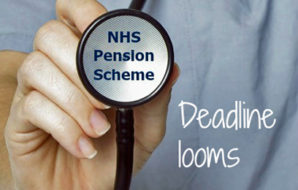
An important NHS Pension deadline looms
The deadline to elect for NHS Pensions’ Scheme Pays is only a few weeks away. If you miss it, you…
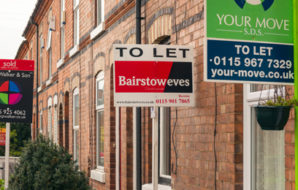
4 more nails in the buy-to-let coffin
Calling all buy-to-let landlords. The new tax law that comes into force in April 2017 isn’t the only nail in…

5 tips when buying a dental practice
Buying a dental practice and saying goodbye to the relatively worry-free days of being an associate is a big decision….

Budget 2016: The changes that affect doctors and dentists
We have cut through the swathes of Budget 2016 articles to bring you a short update on the matters that…

Another nail in the coffin for rental property
Are you a landlord with a mortgage on your rented out property? If you are, even basic rate tax payers…

Do you pay more tax than others?
You’ve almost certainly looked at how much tax you pay and nearly fallen over backwards in shock! Have you ever…
Efficient tax planning with Legal & Medical
Tax planning is a vital component of wealth management. With effective basic, advanced and inheritance tax planning, you can minimise the amount of tax you have to pay and maximise the tax allowances available to you.
Basic Tax Planning
For doctors and dentists who work on a rotation schedule, issues can arise concerning your tax code. This could mean you are owed a tax rebate or, worse case scenario, you owe tax.
Advanced Tax Planning
There are tax and personal liability implications depending on your business structure, tax reliefs and allowances available for GP practices and dental surgeries, estate taxes, inheritance taxes and gift taxes; all need to be considered in your financial plan.
Inheritance Tax Planning
Without effective inheritance tax planning, your loved ones could end up paying more tax than they need to on any money you leave them when you die.
 How we can help you
How we can help you
There are many ways you can minimise the amount of tax you pay today and the tax your loved ones may have to pay in the future.
At Legal & Medical, we explain the pros and cons of each, agree with you on the best way to limit the amount the HMRC gets, and how this affects (or not) your overall financial plan.
The Financial Conduct Authority does not regulate tax planning, estate planning, or trusts.
Get in touch to find out more